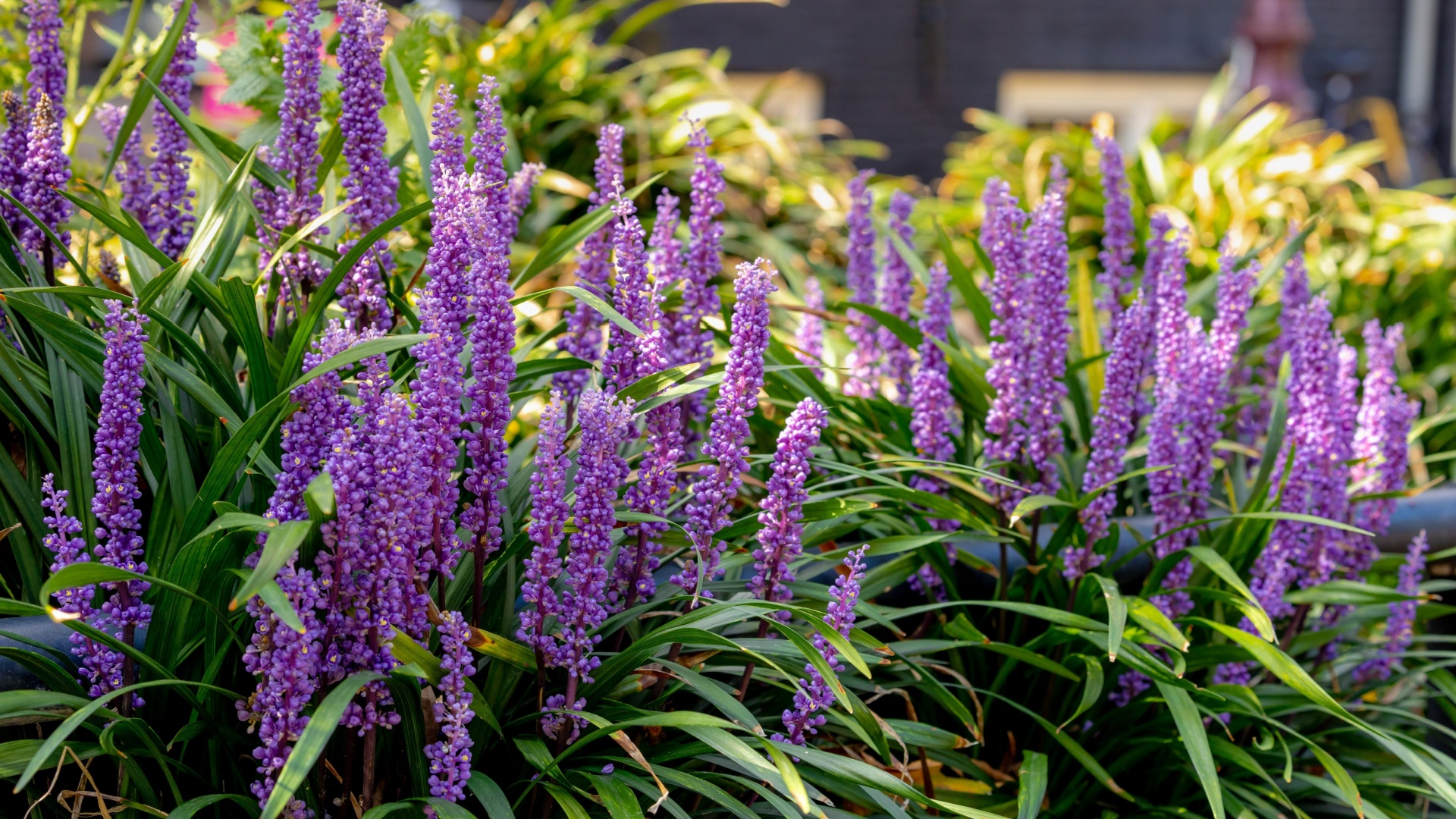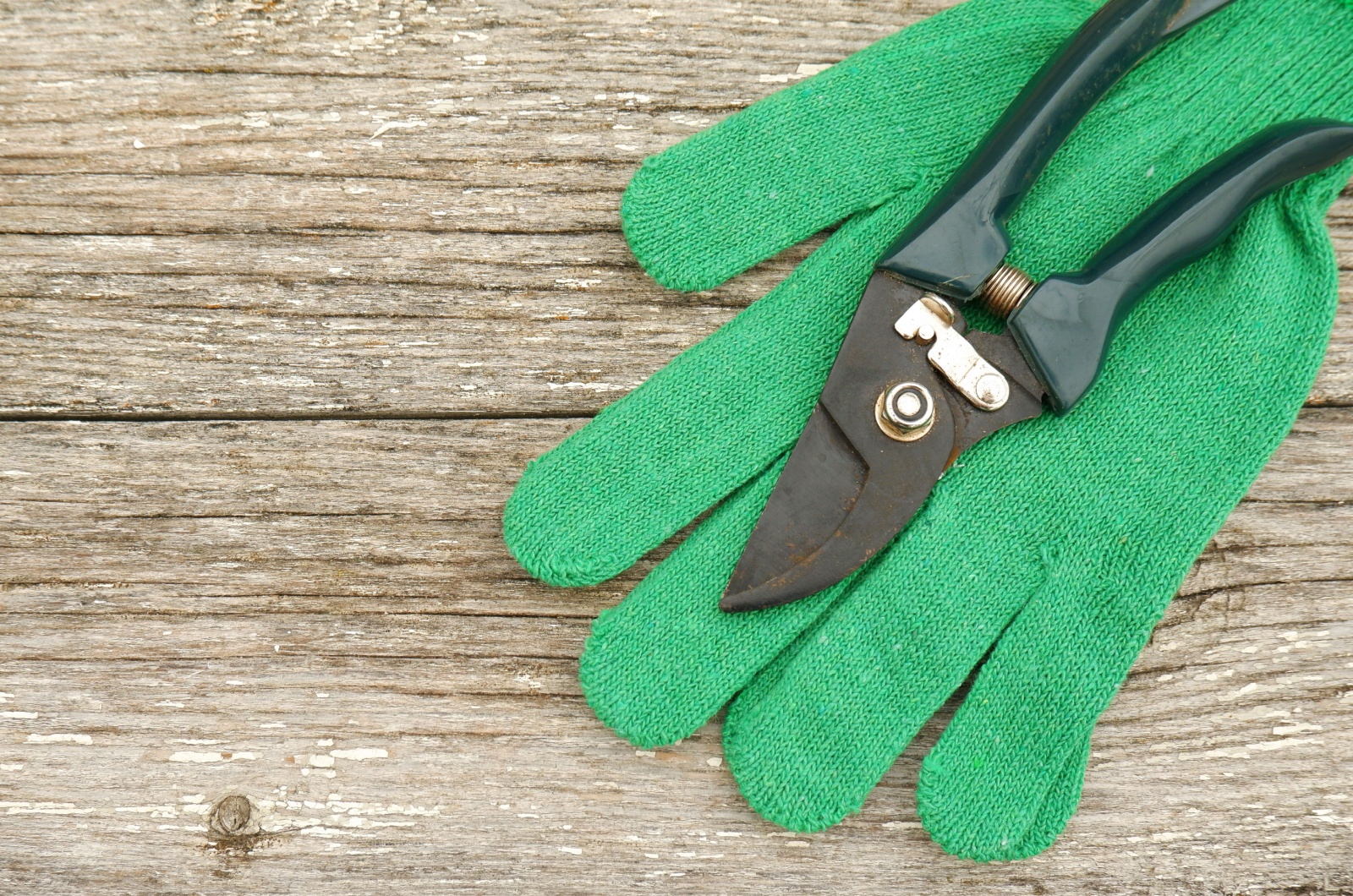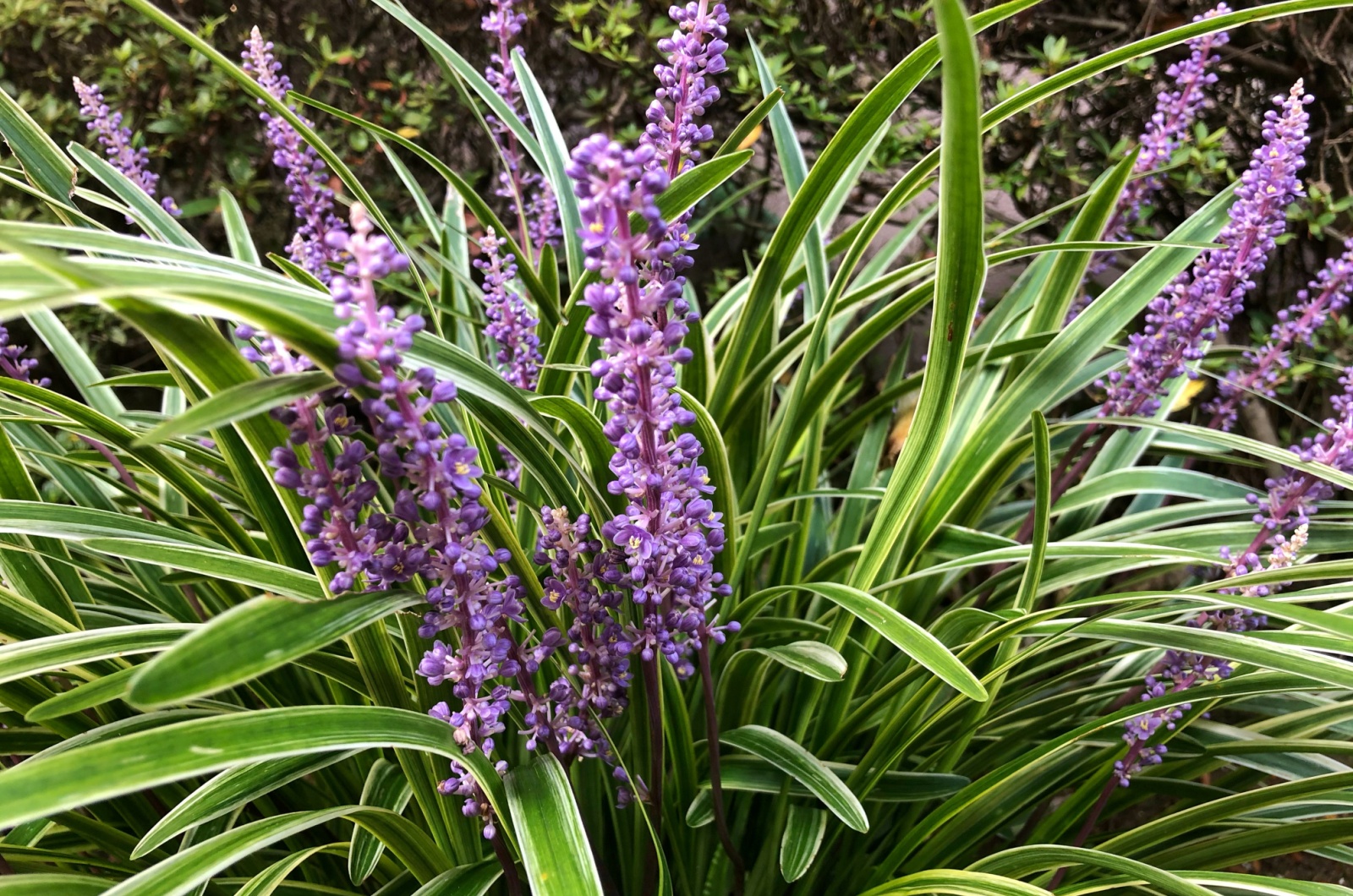Everyone’s been going bananas over monkey grass for the past few years! Whether you call it lilyturf, liriope, or monkey grass, this plant is very popular in gardens all over the world. This grass-like flowering plant is used for marking paths, borders, and even as a cover crop!
Last year, I decided to plant monkey grass under my trees since it thrives in part-shade. Its stunning lilac flowers perfectly complement the green leaves of my trees! I had an amazing landscape all summer long, enjoying its lovely scent until spring arrived.
At first, I started to notice that something was off about my monkey grass, as there weren’t as many flowers as I expected. I began searching for all the possibilities of what could have gone wrong.
Then I found out that there was only one reason behind it – pruning! I didn’t trim it and that’s why I only got a couple of flowers. Trimming your monkey grass is actually one of the most important steps to keep your plants healthy.
Well, you can’t just take your shears now and start trimming your monkey grass. There is a special time for pruning your lilyturf, and now you’ll find out which is the best month for doing it!
Late Winter Pruning Will Keep Your Lilyturf In Good Shape Throughout The Season
You won’t believe how late winter pruning can benefit your monkey grass! Trimming it during the winter, especially in February, will not damage any new growth at all. It’s also a great way to overwinter your sweet lilyturfs.
Even though your monkey grass might be a little bare after pruning, new leaves will start to grow after only a week or two!
So, if you want to achieve more pretty lilac flowers for the next season, trim your monkey grass. Hold on! I can’t just leave you without telling you the best way to do it. Now take a look at these awesome tricks for pruning your lilyturf the right way to ensure it thrives next year!
This Trimming Method Turned Out To Be The Best For Your Monkey Grass
Before you begin pruning your monkey grass, you’ll first need to prepare the tool you’re going to use! Make sure your pruning shears are clean and sharp, as they will work best.
Start by removing any damaged or withered stems. After that, cut it down about an inch to two inches from the ground. If you don’t have a lot of monkey grass in your garden, you can simply prune it by hand.
That’s all you need to do once February arrives. Trim your monkey grass this way, and you’ll be rewarded with eye-catching flowers for many years!
Is Fertilizing Your Monkey Grass After Pruning A Good Idea?
Your lilyturf is actually a low-maintenance plant, so you won’t need to fertilize it often. The only time you should do so is in the spring. That’s when you can apply a small amount of slow-release balanced fertilizer to boost its growth.
But there is one thing that will absolutely benefit your monkey grass after pruning – mulch! After you’re done trimming, put a generous amount of mulch around your plant’s base. You can use straw, bark, or some homemade compost.
This way, your monkey grass will be ready for the new growing season.
You still have plenty of time until you need to prune your monkey grass, but it’s better to know when the best time to do it is before it’s too late! Last year, I didn’t know that I was supposed to prune my lilyturf, and that’s why I had only a few lilac flowers. But this year was different!
Now I know where I was mistaken and when exactly to trim my monkey grass to make it thrive again! You’ll also be amazed by the results once you prune it this year. Next spring, you’ll get perfect lilac cover crops that will make your garden look lovely throughout the season!




